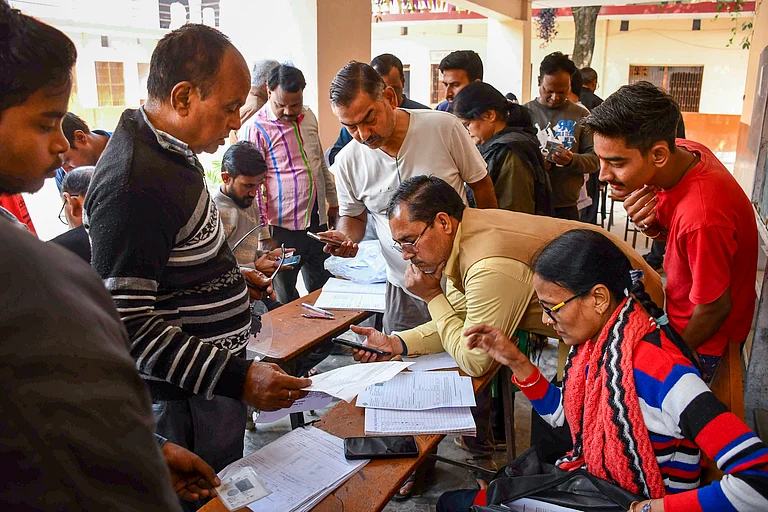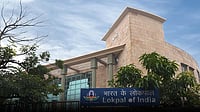Karnataka's Bengaluru, which is reeling under water crisis and an unusually warm summer, is witnessing such hot weather due to an increase in paved surfaces and reduction in green spaces.
According to Centre for Ecological Sciences (CES) of Indian Institute of Science, the increase in paved surfaces and reduction in green spaces have contributed to the urban heat island effect in Bengaluru.
"For instance, it increased land surface temperature (LST) from 33.04 degree Celsius (1992) to 41.4 degree Celsius (2017) from March to May," news agency PTI quoted professor TV Ramachandra, coordinator of energy and wetlands research group at CES, as saying.
The city, which lost its green cover by 66 per cent, water bodies by 74 per cent, and witnessed a growth of 584 per cent in built-up area buckled under the El Nino’s assault this summer, as per CES.
Things To Get Worse For Bengaluru?
As a study by CES, things will get worse for Bengaluru if the trend continues. According to CES's prediction, forests will be reduced to 0.65 per cent by 2038 in Bengaluru (as per last census in 2022, it is 3.32 per cent). Bengaluru city will be choked with paved surfaces, with more than 98 per cent, while Bengaluru Urban's paved areas will likely reach 69.90 per cent from 55.71 per cent in 2022 in Bengaluru Urban by 2038, the study by the CES said.
According to TV Ramachandra, decline in heat sinks like water bodies and green cover has a negative impact on the local microclimate, evident from the reduced cooling effect and increase in land surface temperature.
"The urban heat island effect would enhance the ambient temperature and humidity levels, resulting in heat stress and heat-related illnesses," Ramachandra said.


























